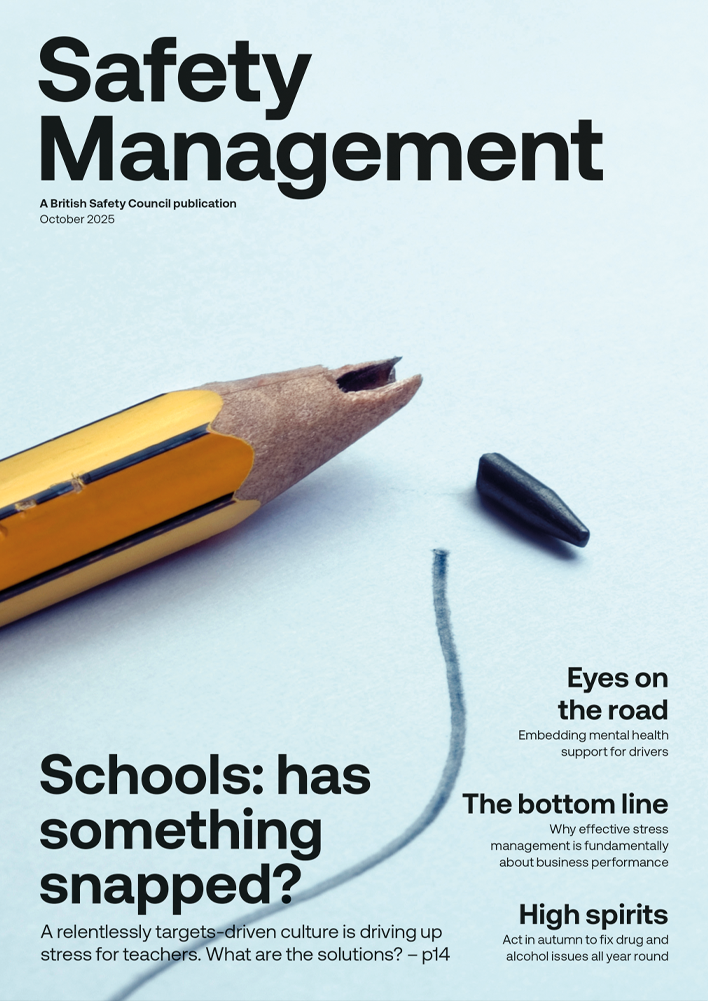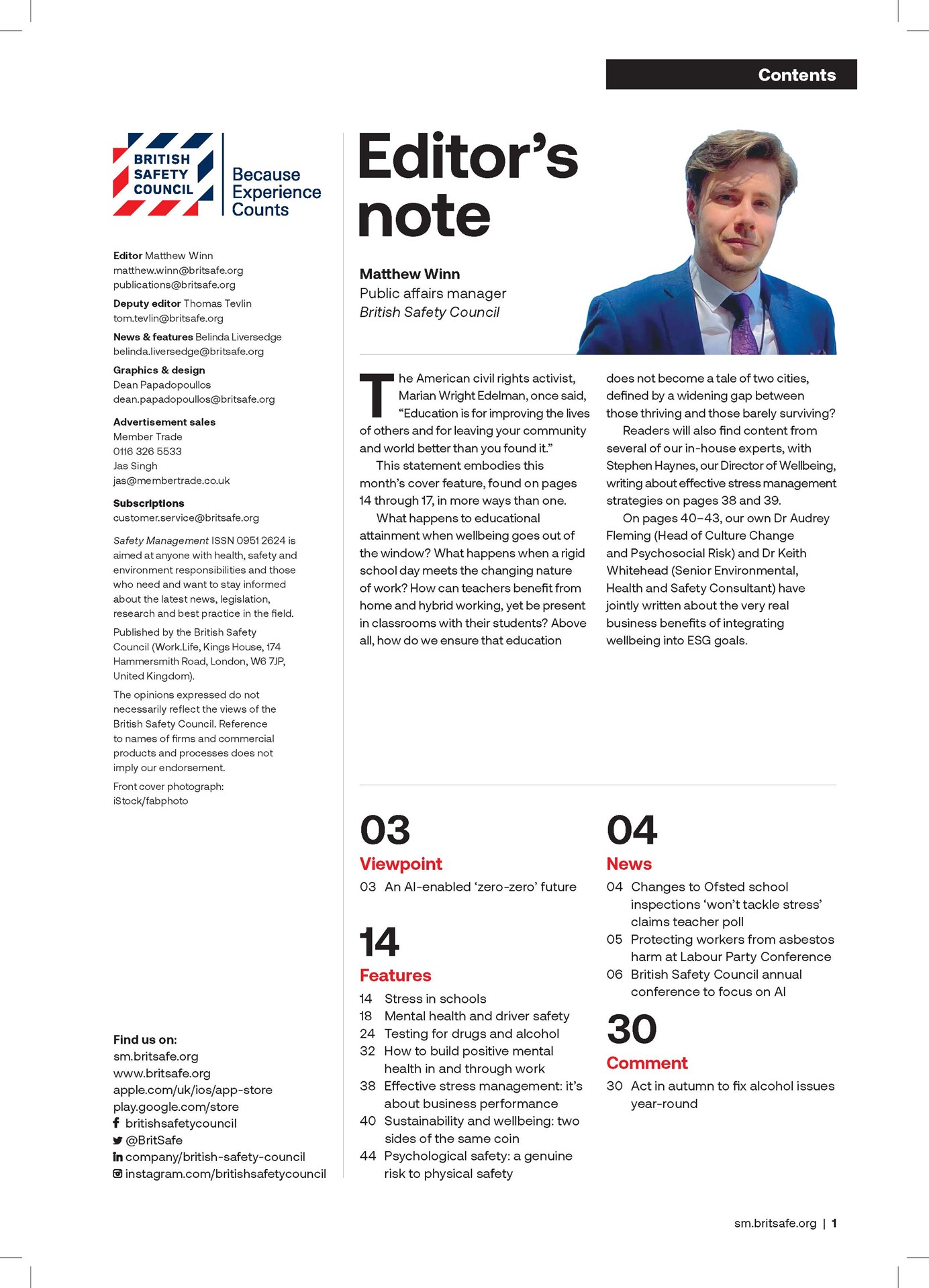Video telematics technology fitted to vehicles can now be combined with lone worker alarms so at-work drivers can immediately summon help in the event of problems like collisions, assaults, thefts and medical emergencies.
Features
Lone worker technology and video telematics: a powerful combination for driver safety
There are thousands of drivers operating alone in the UK, who face considerable dangers every day, so fleet operators increasingly need to consider employee protection as part of managing work-related road risk.
While the use of vehicle tracking and cameras to monitor driver welfare inside the vehicle is now widespread, what this technology does not focus on are the many risks outside of the vehicle. Personal safety solutions, in contrast, allow a lone worker to call for assistance in or out of the vehicle and offer added protection that can be used alongside other existing fleet systems.
The risk to drivers
There is a substantial amount of statistical and anecdotal evidence that points to a greater need than ever for driver safety. The Health and Safety Executive (HSE) estimates that around a third of traffic collisions in the UK involve someone who drives as part of their work. There are also the added risks for those working at the roadside, with multiple collisions occurring everyday involving parked vehicles on motorways or main roads, with many resulting in death or serious injury.
 Highway services provider, Ringway Jacobs has reduced the risks to its fleet, as well as enhanced support to drivers, following the rollout of a video-enabled driver protection solution. Photograph: Ringway Jacobs
Highway services provider, Ringway Jacobs has reduced the risks to its fleet, as well as enhanced support to drivers, following the rollout of a video-enabled driver protection solution. Photograph: Ringway Jacobs
However, this is only one part of risk that fleet drivers must contend with, because a greater number of incidents occur when they are outside the cab. Highjackings, assaults and roadside incidents are just some of the threats when exiting the vehicle, with opportunistic thieves increasingly targeting vans with high-value loads such as equipment and tools. Meanwhile accidents – such as slips, trips and falls – and other medical emergencies during the working day remain a constant threat to driver wellbeing.
Fleet technology integration
With the advent of Internet of Things (IoT) there is now a huge opportunity to bring together complementary systems to better protect lone drivers. Personal safety solutions will increasingly be integrated with other apps, systems and tools such as vehicle tracking, video telematics, driver behaviour monitoring and workforce management. The added connectivity and seamless sharing of data results in fleet operators gaining greater levels of visibility, control and insight.
One such opportunity for fleets is the combination of lone worker protection technology with video telematics, providing drivers with a quick and easy way to request assistance. This has the potential to mitigate driver risk both in and outside the vehicle, offering high levels of safety and peace of mind to the people who drive for a living, and their employers. In fact, it is taking lone worker safety to the next level, adding an extra layer of protection to what is currently available using a traditional vehicle tracking or video telematics solution.
Video-enabled fleet driver protection
Video-enabled lone worker solutions ensure that real-time audio data and footage can be sent to an Alarm Receiving Centre (ARC) to support proactive management of high-risk situations. Therefore, driver welfare and support are increased, by mitigating risk inside and outside the vehicle, with added understanding when an alarm is raised to better react to issues and speed up the response from emergency services if required.
 Sam Footer: "There are thousands of drivers operating alone in the UK, who face considerable dangers every day."
Sam Footer: "There are thousands of drivers operating alone in the UK, who face considerable dangers every day."
When an alarm is raised via a mobile app, an ARC controller has visibility of the app user’s details and a GPS view showing where the app and dashcam are located on a map, plus audio recorded via the app and dashcam footage leading up to the incident. The footage can be captured from one or more cameras fitted on a vehicle, which means evidence of what has happened is available from a combination of the front, rear, side or inside of the vehicle.
In addition, driver identification (ID) functionality can confirm exactly who is driving. This enables a fleet to use their video telematics platform to report by driver, which will be particularly useful for companies that operate a pool of vehicles that are not designated to a particular employee. This enables fleets to have complete visibility of who is operating a vehicle when a collision, near miss or harsh driving event occurs.
Technology in action
Ringway Jacobs, a leading highway services provider, has achieved improved levels of safety and fleet risk reduction, as well as increasing the support provided to its drivers, following the rollout of a video-enabled driver protection solution.
Ringway Jacobs needed a personal safety solution for its highway inspection team – responsible for walked, visual inspections of footways and carriageways – that offered added protection above and beyond a traditional dashcam. All too often, these operatives are seen as the ‘face’ of the highway authority and in danger of violent and abusive behaviour from road users. Meanwhile, they are frequently working in remote locations, and face a higher risk of slips, trips and falls, as well as traffic collisions both inside moving vehicles and at the roadside.
Drivers simply scan a QR code using a mobile app to register their unique user ID, which confirms who is driving the vehicle. This automatically enables controllers in the ARC to access audio communication along with supporting video footage captured from cameras fitted on 163 Ringway Jacobs vans and specialist vehicles, as well as incident data, when an alarm is raised. The added audio and visual insight also ensures that the most appropriate action is taken quickly, efficiently and safely, with immediate access to emergency services if required.
For Ringway Jacobs’ employees, the heightened level of personal safety that is now in place has made them feel much safer. Not everyone is supportive of change or greater use of technology, so the initial challenge was convincing staff during rollout that the switch was in their best interests. However, once they realised that it was far easier, much more efficient and offered greater protection, they embraced the technology and feedback has been overwhelmingly positive.
David Bonehill, head of fleet at Ringway Jacobs, commented: “Health, wellbeing and safety are at the heart of everything we do, so our aim is to always provide a safe working environment for our employees. This latest initiative has not only increased compliance of our lone worker processes, but also extended and enhanced the levels of protection we can provide our drivers.”
For more information see: surecam.com
Sam Footer is partnership director at SureCam
FEATURES

Why menstruation support matters at work
By Deborah Garlick, Menstruation Friendly by Henpicked on 03 December 2025
Although forward-thinking organisations are increasingly taking action on menopause awareness and support at work, attention is now turning to menstrual health as the next essential step in building an inclusive, equitable and high-performing workplace.

Neurodiversity at work: getting started on creating a supportive environment for neurodivergent workers
By Andy Hooke CMIOSH Chartered health and safety consultant on 03 December 2025
Creating a neuroinclusive workplace brings many benefits, including making neurodivergent employees more comfortable about seeking help and support from managers and colleagues, and there are some simple ways of getting started with the process.

Human-centred technology for better work design: rethinking musculoskeletal disorder prevention
By Cam Stevens, Pocketknife Group on 03 December 2025
Although technologies like computer vision analysis, machine learning and wearable sensors are increasingly being used to identify and assess the causes of work-related musculoskeletal disorders (MSDs), it’s essential to consider data relating to all aspects of work design when seeking to reduce MSDs in the workplace.



